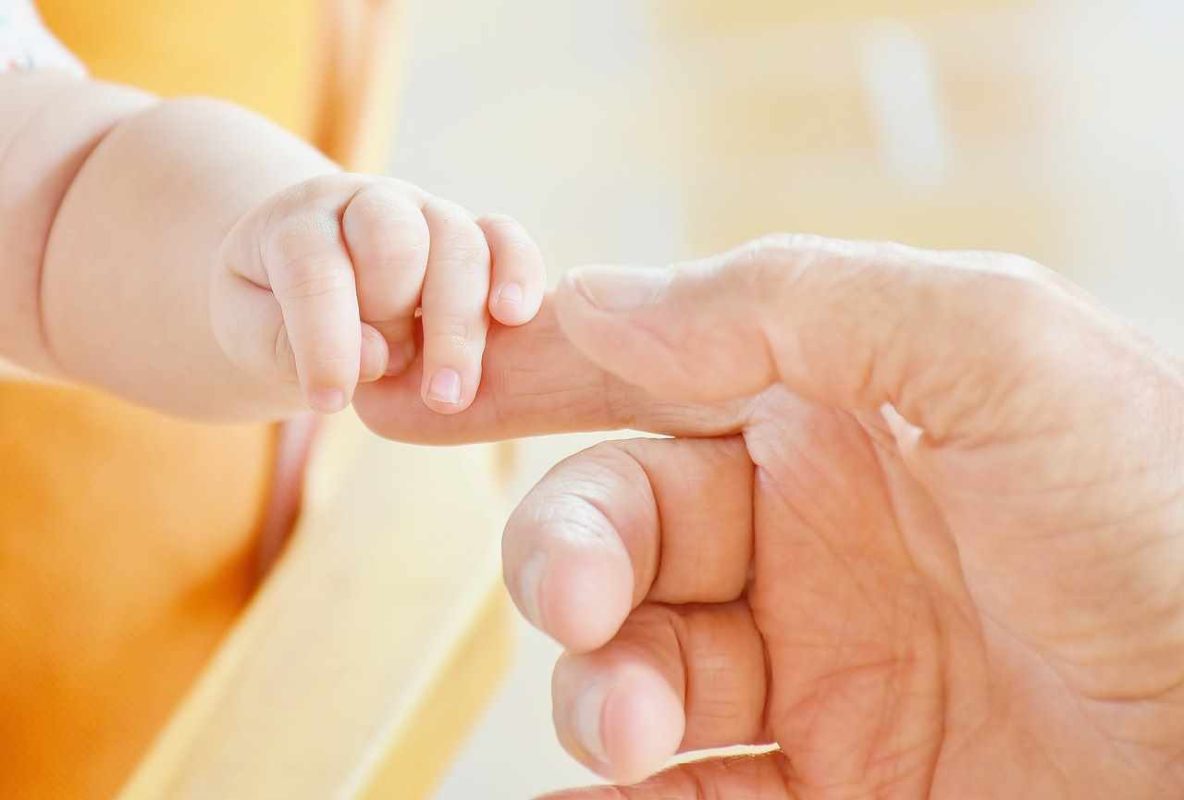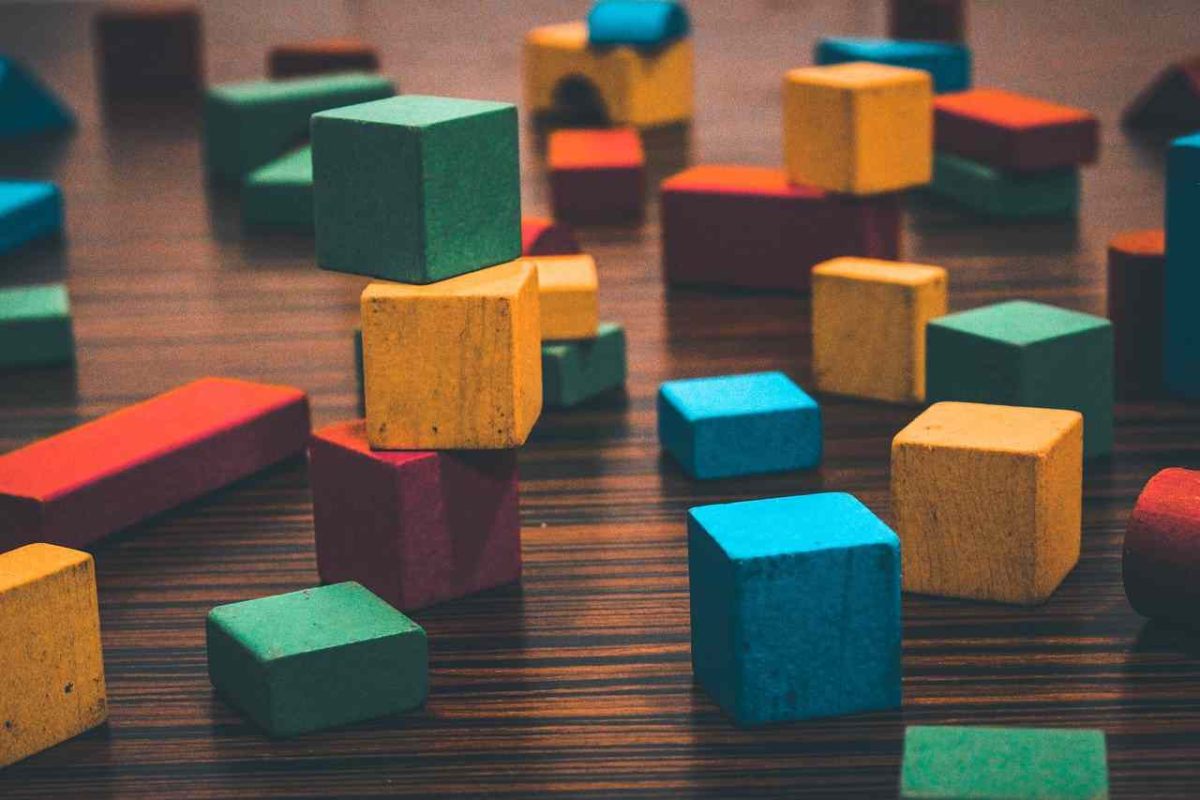Montessori education
Montessori Philosophy: Revolutionizing Education
Table of Contents
Introduction
The Montessori philosophy of education was developed over 100 years ago, yet it remains a pioneering and transformative approach to early childhood education and development. The educational philosophy of Italian physician and educator Maria Montessori emphasizes the importance of cultivating a child’s natural inclination to learn.
Montessori’s focus on fostering children’s independence, freedom within limits, and individualized learning has had a profound impact worldwide. Core Montessori principles like mixed-age classrooms, hands-on learning with specialized educational materials, and child-centered approaches are implemented in thousands of schools globally.
Understanding the key tenets of Montessori education provides insight into how this philosophy revolutionized perspectives on child development and continues to shape early learning today.
The Life and Work of Maria Montessori
Maria Montessori was born in Italy in 1870. As one of Italy’s first female physicians, she initially worked with children with intellectual disabilities. Through her observations, she developed educational materials and approaches tailored to their needs and levels of learning.
In 1907, Montessori opened Casa dei Bambini (“Children’s House”) in a low-income district of Rome, applying her methods to educate mainstream students. The successes of this school led to the expansion of Montessori schools and widespread interest in her revolutionary educational philosophy.
Montessori’s work challenged prevailing views that child development was fixed and that education should be teacher-centered. Instead, she advocated for child-centered approaches focused on cultivating children’s intrinsic motivation to learn. She observed children’s abilities to educate themselves during developmentally sensitive periods. This formed the basis of her philosophy that education should be individually tailored to students’ interests and stages of development.
Key published works like The Montessori Method outlined her theories and the pedagogical methods that would come to characterize Montessori education. She continued spreading her philosophy internationally until her death in 1952.
Key Principles of Montessori Philosophy
Montessori philosophy is built upon core principles that guide classroom design, teacher training, and student learning.
Child-Centered Learning
Instead of teacher-led classrooms, Montessori emphasized child-centered learning environments. Children are free to choose activities that interest them and move at their own developmental pace. Teachers observe and guide students individually based on their needs and instincts.
Individualized Education
Individualized education allows each child to focus on activities perfectly matched to their developmental level and learning style. Mixed-age classrooms enable students to learn from peers at different ages and stages.
Hands-On Learning
Montessori classrooms feature hands-on Montessori materials that engage multiple senses. Activities promote learning through touch, movement, sight, and problem-solving. This engages children holistically in the learning process.
Freedom Within Limits
Children are given considerable freedom of choice within thoughtfully prepared Montessori environments full of boundary-defining limits. This allows independence while providing structure.
Mixed-Age Classrooms
Montessori classrooms contain students across 2-3 age groups. Younger students learn from older peers, while older students reinforce skills by teaching concepts they’ve already mastered. This fosters peer mentoring and collaborative learning through play.

Montessori Materials and Their Role
Specialized educational materials are central to Montessori classrooms. Students learn through interactive, hands-on activities with meticulously designed materials that engage the senses and self-correct.
For example, Montessori sensorial materials allow children to refine discrimination skills by grading objects by size, shape, color, texture, weight, smell, taste, and sound. Mathematical materials connect concrete concepts to abstract ideas. Movable alphabets enable phonetic learning and writing. Concepts build on each other as children progress.
| Type of Material | Examples | Purpose |
|---|---|---|
| Sensorial | Pink Tower, Knobbed Cylinders, Color Tablets | Discriminating sizes, dimensions, colors, textures |
| Mathematical | Number Rods, Spindle Boxes, Sandpaper Numbers | Understanding numerical order, counting, basic operations |
| Language | Movable Alphabet, Metal Insets, Sandpaper Letters | Building literacy skills, letter formation, phonics |
| Cultural | Maps, Art Materials, Music Instruments | Exploring science, geography, arts, culture |
| Practical Life | Pouring Activities, Food Preparation, Beading Exercises | Developing fine motor, care of environment, independence |
The materials allow children to engage in meaningful activities that meet their sensitive periods for learning key concepts. The teacher prepares the environment and observes each student’s unique areas of interest and development.
Montessori Education vs. Traditional Education
Montessori differs considerably from traditional teacher-led classrooms:
| Montessori | Traditional |
|---|---|
| Child-centered; driven by student curiosity | Teacher-centered; driven by structured curriculum |
| Mixed-age classrooms | Same-age classrooms |
| Individualized; self-paced | Whole class instruction |
| Hands-on materials | Focus on worksheets, textbooks |
| Uninterrupted 3-hour work periods | 45-60 minute classes |
| Freedom of choice | Less student autonomy |
Rather than top-down, one-size-fits-all instruction, Montessori adapts the classroom to fit the child. This cultivates greater independence, confidence, and a lifelong love of learning.
Benefits of Montessori Education
Research shows Montessori education benefits students across areas like:
Independence and Self-Motivation
The child-led Montessori approach fosters self-direction. As students choose their own activities, they learn to rely on their inner motivation.
Critical Thinking and Problem-Solving
Montessori materials allow hands-on exploration of abstract concepts from multiple angles, building critical thinking skills. Students find creative problem-solving strategies.
Social Development
The diverse classroom community provides opportunities to collaborate, mentor, and learn emotional intelligence. Multi-age grouping enables students to develop confidence socially.
Studies show Montessori graduates are well prepared for further schooling and life. They tend to be curious, adaptable, and equipped with solid executive function skills. Many end up in careers requiring creativity and critical thinking.
Notable Montessori alumni include:
- Jeff Bezos, CEO of Amazon
- Sergey Brin and Larry Page, Founders of Google
- Jimmy Wales, Founder of Wikipedia
- Julia Child, famous chef

Montessori Teacher Training
Montessori teachers complete extensive specialized training focused on:
- Child development and psychology
- Montessori teaching principles and materials
- Preparing the classroom environment
- Multi-age classroom management
- Personal development and modeling respect
- Observing and guiding children individually
Rather than directing lessons, Montessori educators are trained to recognize teachable moments based on each student’s interests and needs. Their role is carefully preparing and adapting the environment to enable students to pursue self-directed learning.
Montessori at Home: Implementing the Philosophy
While authentic Montessori learning relies on trained teachers and appropriate materials, parents can apply Montessori principles at home:
Foster Independence
- Have children complete tasks themselves from an early age
- Break activities into small, achievable steps
- Resist over-assisting; let children problem-solve
Encourage Choice
- Provide reasonable options and allow children to choose
- Include children in family decision-making processes
Incorporate Nature
- Spend time outdoors exploring plants, animals, and textures
- Display natural materials like plants, rocks, shells indoors
Minimize Toys
- Rotate fewer open-ended toys rather than overwhelming with too many
- Ensure toys engage the child’s attention and imagination
Thoughtfully incorporating Montessori ideas helps shape capable, independent children.
The Global Impact of Montessori Education
Today over 22,000 Montessori schools exist across at least 110 countries worldwide. While especially prevalent in Europe and North America, Montessori has reached diverse cultures and communities globally.
For example, over 350 Montessori schools operate across China. Ecuador and Thailand have adopted Montessori philosophy in hundreds of public schools, demonstrating the adaptability of the method. Montessori preschools are widespread throughout India.
Montessori has been used successfully with many student populations, including children with learning differences, students in impoverished areas, and infants and toddlers. This broad reach demonstrates the universal appeal of Montessori’s insights into child development.
Her legacy lives on through global education networks like Association Montessori Internationale as well as dedicated training institutes like the Montessori Institute of Advanced Studies. Montessori’s core philosophy remains instrumental to early education worldwide.

Common Misconceptions About Montessori
Despite its successes, Montessori education is often misunderstood. Common misconceptions include:
Myth: Montessori classrooms lack structure.
Fact: Montessori environments are highly structured and ordered. Activities and materials are thoughtfully arranged to promote student engagement and learning.
Myth: Montessori teachers let students do whatever they want.
Fact: Freedom of choice is bounded by clear limits and ground rules. Teachers carefully observe students and provide guidance when needed.
Myth: Montessori is unaffordable private schooling.
Fact: Montessori methods have been implemented successfully and affordably in public school settings worldwide.
Myth: Montessori is only for preschoolers.
Fact: The philosophy can extend through elementary and even secondary education. Montessori-inspired programs exist up to age 18.
Myth: Montessori is not evidence-based.
Fact: Research affirms the benefits across academic, social-emotional, and behavioral outcomes.
Conclusion
Maria Montessori pioneered a revolutionary philosophy of child-centered, individualized education that endures worldwide today. Her insights into children’s innate desire to learn have shaped our understanding of child development.
Core tenets like hands-on learning, multi-age classrooms, and freedom within limits cultivate independence, curiosity, and a love of education. Montessori’s global legacy will continue to impact how children everywhere learn and grow for generations to come.
FAQs
What is the Montessori philosophy?
The Montessori philosophy is an educational approach developed by Maria Montessori that emphasizes hands-on, self-directed learning tailored to each child’s interests and developmental level. Key principles include child-centered classrooms, individualized instruction, sensory learning materials, and mixed age groupings.
How does Montessori education differ from traditional methods?
Montessori differs significantly from traditional teacher-led classrooms. Montessori features multi-age classrooms, extended work periods chosen by the student, hands-on materials instead of textbooks, and an emphasis on fostering independence and intrinsic motivation to learn.
What are the key principles of Montessori philosophy?
Core Montessori principles include:
- Child-driven learning based on student curiosity
- Individualized education plans for each child
- Sensory-rich learning materials and activities
- Mixed age classrooms with peer mentoring
- Freedom within limits and structure
- Cultivation of independence and self-motivation
Is Montessori education suitable for all children?
Montessori has been effectively adapted for diverse learners including mainstream students, children with learning differences, students from disadvantaged backgrounds, and children across cultures. The individually tailored approach can benefit a broad range of students.
How can parents support Montessori principles at home?
Parents can foster independence, model respect, minimize toy clutter, encourage choice within limits, incorporate nature and practical life skills, and take cues from the child’s interests at home. Montessori-aligned parenting helps children thrive.
References
https://www.fms.org/why-montessori
https://www.humanium.org/en/improving-childrens-well-being-through-the-montessori-education-models/
https://creatingcompassionatekids.org/montessori-method-of-learning/
https://www.diygenius.com/the-montessori-method-creating-innovators/
https://thehillsboroschool.org/montessori-preschool-through-highschool/montessori-philosophy/
https://flowidealism.medium.com/renewing-the-promise-of-montessori-education-d8253f934335

